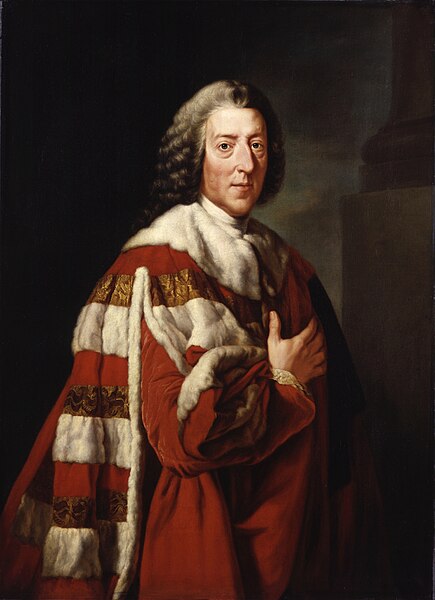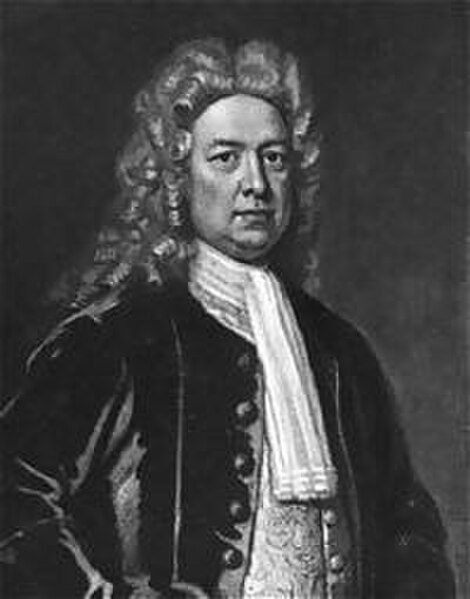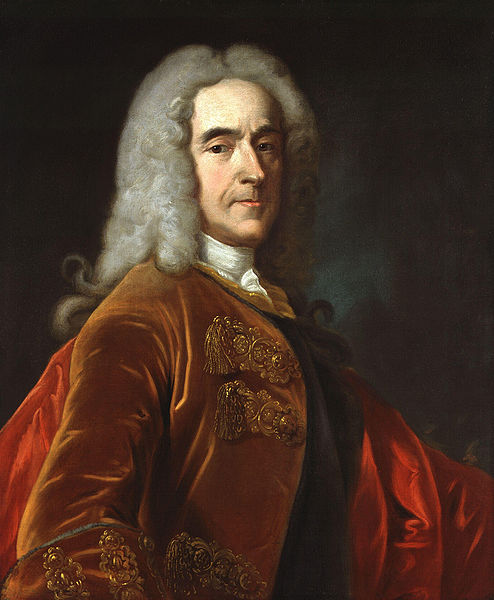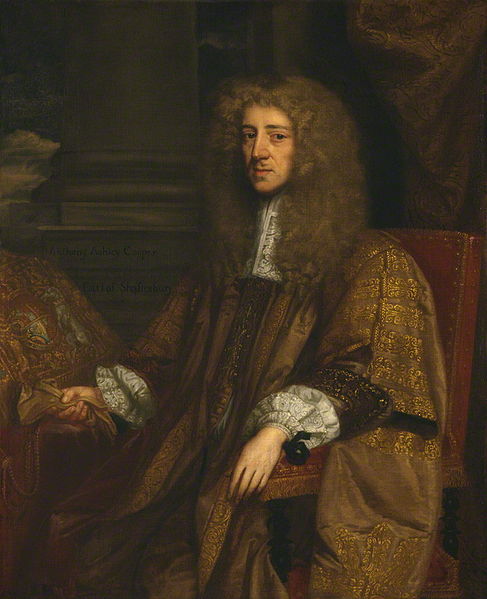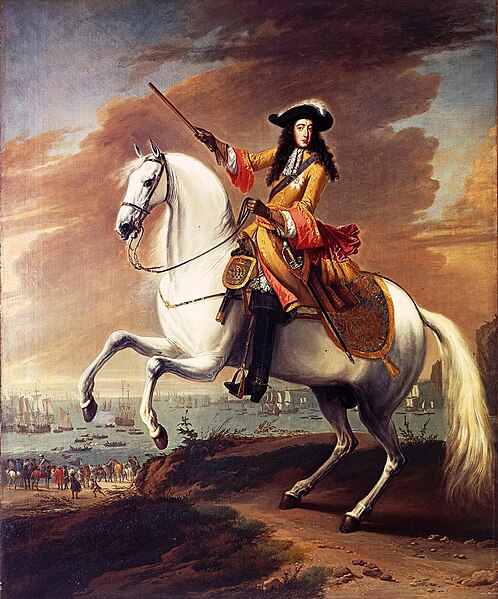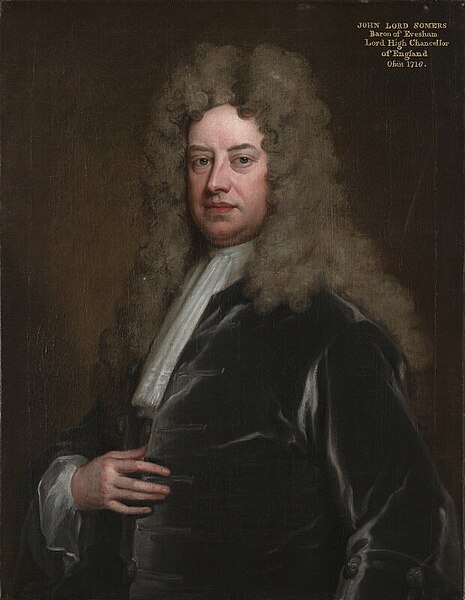William Pitt, 1st Earl of Chatham
William Pitt, 1st Earl of Chatham, was a British Whig statesman who served as Prime Minister of Great Britain from 1766 to 1768. Historians call him Chatham or William Pitt the Elder to distinguish him from his son William Pitt the Younger, who was also a prime minister. Pitt was also known as the Great Commoner, because of his long-standing refusal to accept a title until 1766.
Pitt the Elder, after Richard Brompton
Governor Thomas "Diamond" Pitt
Lord Cobham, Pitt's commanding officer and political mentor. Pitt was part of a group of young MPs known as Cobham's Cubs.
The huge monument to William Pitt the Elder, in the Guildhall, London stands opposite an equally huge monument to his son, William Pitt the Younger in a balanced composition
Whigs (British political party)
The Whigs were a political party in the Parliaments of England, Scotland, Ireland, Great Britain and the United Kingdom. Between the 1680s and the 1850s, the Whigs contested power with their rivals, the Tories. The Whigs merged into the Liberal Party with the Peelites and Radicals in the 1850s. Many Whigs left the Liberal Party in 1886 to form the Liberal Unionist Party, which merged into the Conservative Party in 1912.
Anthony Ashley Cooper, 1st Earl of Shaftesbury, painted more than once during his chancellorship in 1672 by John Greenhill
Equestrian portrait of William III by Jan Wyck, commemorating the landing at Brixham, Torbay, 5 November 1688
A c. 1705 portrait of John Somers, 1st Baron Somers by Godfrey Kneller.
In A Block for the Wigs (1783), caricaturist James Gillray caricatured Charles James Fox's return to power in a coalition with Frederick North, Lord North (George III is the blockhead in the centre)

